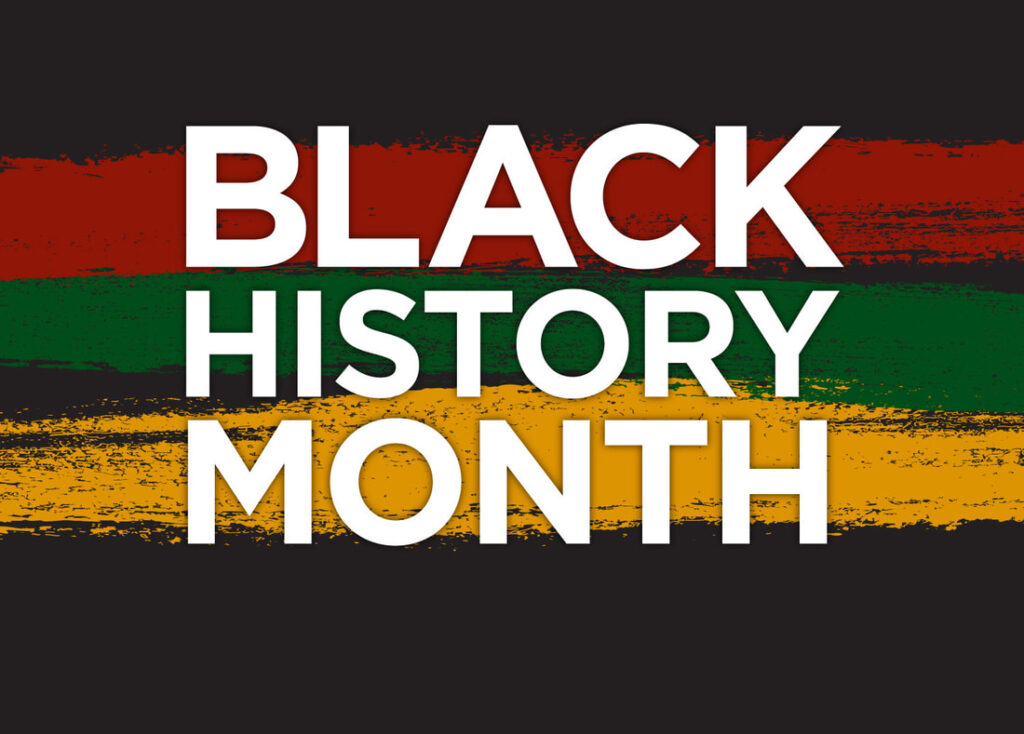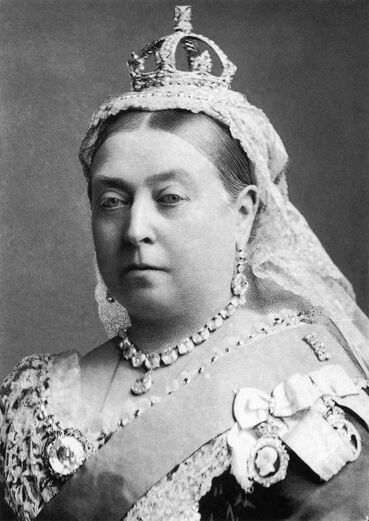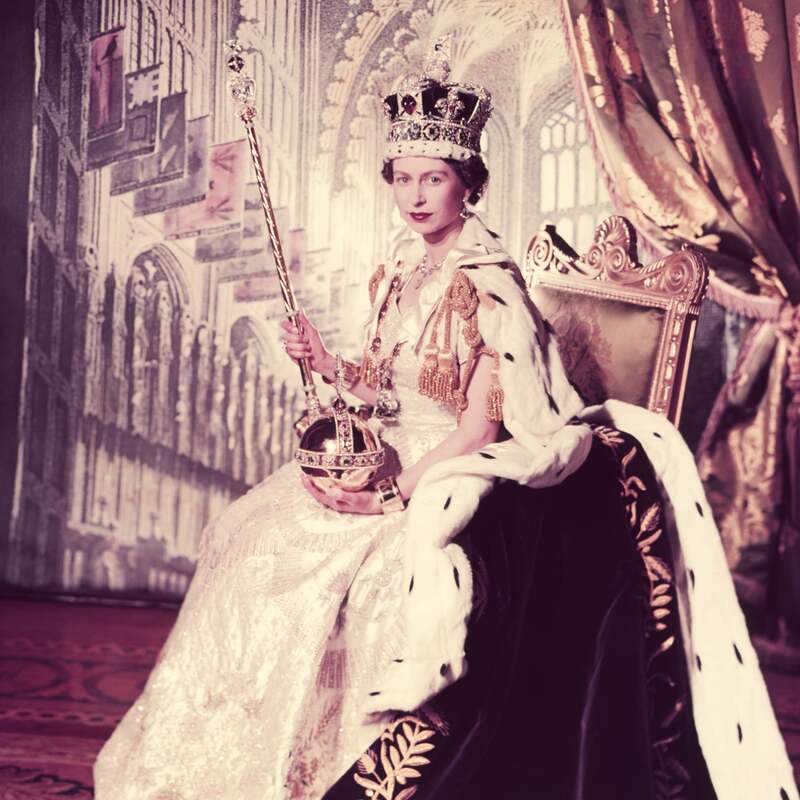February is Black History Month, honouring the triumphs and struggles of numerous African Americans throughout history.
The story of Black History Month began in 1915, fifty years after the US Thirteenth Amendment abolished slavery in the United States. In September of that year historian Carter G. Woodson and Minister Jesse E. Moorland founded the Association for the Study of Negro Life and History, dedicated to researching and promoting the achievements of black Americans and other people of African descent.
In 1926 the group sponsored the National Negro History week and chose the second week of February to coincide with the birthdays of Abraham Lincoln and Frederick Douglass. It was President Gerald Ford who officially recognized Black History Month in 1976 asking people to “seize the opportunity to honour the too-often neglected accomplishments of black Americans in every area of endeavour throughout our history.”
To celebrate Black History Month this year, I’d like to tell the story of one such person, a man named Mifflin Gibbs, who was frequently mistreated because of the colour of his skin but who overcame prejudice and broke down many racial barriers during his life time.
The story of Black History Month began in 1915, fifty years after the US Thirteenth Amendment abolished slavery in the United States. In September of that year historian Carter G. Woodson and Minister Jesse E. Moorland founded the Association for the Study of Negro Life and History, dedicated to researching and promoting the achievements of black Americans and other people of African descent.
In 1926 the group sponsored the National Negro History week and chose the second week of February to coincide with the birthdays of Abraham Lincoln and Frederick Douglass. It was President Gerald Ford who officially recognized Black History Month in 1976 asking people to “seize the opportunity to honour the too-often neglected accomplishments of black Americans in every area of endeavour throughout our history.”
To celebrate Black History Month this year, I’d like to tell the story of one such person, a man named Mifflin Gibbs, who was frequently mistreated because of the colour of his skin but who overcame prejudice and broke down many racial barriers during his life time.
Gibbs was born in Philadelphia in 1823 but lured by the possibility of gold and hoping for more tolerance to men and women of colour, he moved to San Francisco in 1849 where he and his friend Peter Lester went into business together as importers of shoes and boots.
Sadly Gibbs did not find the tolerance he sought so when he heard that Governor James Douglas on Vancouver’s Island in British Columbia was sponsoring black emigration, Gibbs and Lester decided to head north.
The two men set up business again in Victoria and Gibbs was even able to buy land and build a house for himself and his new bride, Maria, who was of Polynesian descent. Because he and his wife were both light skinned, they were at first accepted into society and had all five of their children baptized in Christ Church Cathedral.
Gibbs even helped the Governor form the all-black Pioneer Rifle Corps helping to bring law to the new colony. He also ran for city council in 1862 and in 1866 was finally accepted to serve in one Ward where he was chairman of the finance committee and acting-mayor during Mayor Trimble’s term. He also represented the Salt Spring Island black settlers at the Yale Convention.
But despite all that, there was still racial prejudice towards him in his newly adopted city. One particular incident occurred at a benefit concert in the Victoria Theatre house when Gibbs and his wife were sitting in the gallery with friends. Some troublemakers went backstage and insisted the performers should refuse to sing until all the black people in the audience had left the building. The performers refused so the troublemakers began throwing vegetables and emptying sacks of flour over the party of blacks in the gallery, including Mifflin Gibbs and his wife.
The last straw for Gibbs was when blacks were also excluded from the annual Queen Victoria’s Day Ball and from the farewell banquet for Governor Douglas who he had thought of as his friend.
He made a decision then to return to America to see if he could help his people there. He moved to Little Rock, Arkansas, where he took law courses and eventually became the first black man to hold the position of Judge in America.
President Benjamin Harrison also appointed Gibbs the State’s registrar of Lands, and in 1897 he became U.S. Consul to Madagascar.
In 1907 at the age of 84, he made a return visit to Victoria after which he moved to Washington, DC to write his autobiography in which he described himself as a “student of life.”
Gibbs died at the age of 92 in Little Rock in 1915 but was long remembered for his distinguished career as a black man who overcame prejudice and managed to triumph.




